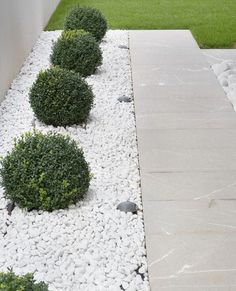No products in the cart.
Limestone Powder for Making Wood Plastic Composite
Day 07/01/2020
A major advantage of Wood Plastic Composite over wood is the ability of the material to be able to form almost any required spatial shape. It is easily bending, and fixed to form large curves.
Due to the combination in the manufacturing process, the Wood Plastic Composite has also the same properties as the wood: can be processed by traditional carpentry tools. At the same time, plastic has a plastic-like property: resistant to moisture, and resistant to decay, although the firmness is not equal to ordinary wood, and can be slightly deformed in extremely hot weather.


(The finished product of Wood Plastic Composite at factory)
The main advantage of Wood Plastic Composite products is the construction of outdoor buildings that replace natural wood, without paint, as the product can be produced in a variety of colors, but mostly gray tones. and brown earth. Another advantage is environmentally friendly, taking advantage of the unused source of wood in the production of wooden products, when natural wood resources are increasingly scarce.
Components of Wood Plastic Composite: Wood powder 55% – Plastic beads 36% (PE-PVC) – Stone powder 6% – Binding compound 3%.
Stone Powder (also called Limestone Powder or Calcium Carbonate Powder) is CaCO3 and it is mainly explored and manufactured in Vietnam. The purity from 95% up to 99%. It is in white color and have wide range size for many applications.







